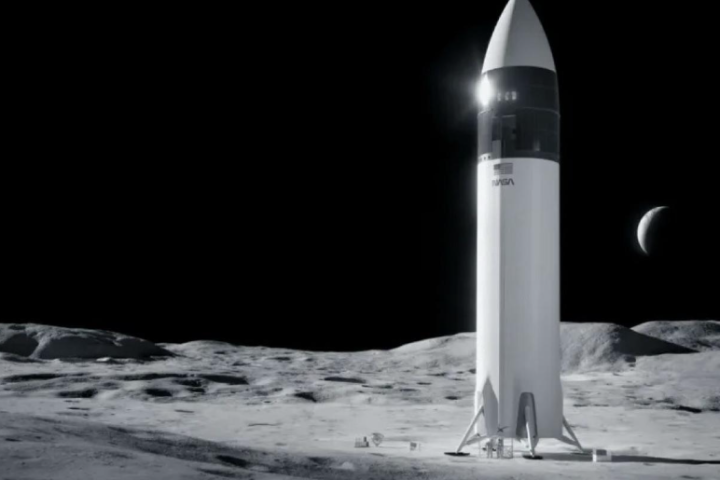China has completed global imaging of Mars, fulfilling the main tasks of its robotic spacecraft Tianwen-1. The China Aerospace Science and Technology Corporation, the prime contractor of the China National Space Administration (CNSA), announced the mission’s success on the Chinese social media platform Weibo on Wednesday, June 29. The mission managed to take medium-resolution images of the entire planet, as well as a series of high-resolution images that shimmer with details and vibrant colors.

Tianwen-1, named after an ancient poem in Chinese titled “Heavenly Questions”, was launched in July 2020 as the country’s first independent interplanetary exploration mission. The team of six consists of an orbiter, two deployable cameras, a lander, a remote camera and the Zhurong rover.
After reaching Mars in February 2021, a “selfie” of the Zhurong rover and lander was taken on the Martian surface using its remote camera and sent back to its proud parents in China.

Since then, the mission has been busy scanning and imaging the surface of the Red Planet, collecting 1,040 gigabytes of raw data from more than 1,344 orbits. China says that all this interesting data will be made available to scientists around the world in due course.
This includes a series of stunning high-resolution images with vivid red pictures of some of the most important and intriguing corners of Mars.

Among the photos is a catalog of images detailing the Valles Marineris (above), a massive canyon system that stretches more than 4,000 kilometers across the Martian surface and reaches depths of up to 7 kilometers. It is unclear how this gigantic wound-like canyon formed, but experts suspect it began as a fissure during the cooling of the planet billions of years ago.

There are also images of Mars’ south pole. This is a particularly intriguing part of Mars because it is home to a vast subglacial lake of salty water that may be our best chance of finding evidence of life in our planetary neighbor. Tianwen-1 would not have noticed any Martians swimming there, but the images could help inform scientists in the hunt for extraterrestrial life.




